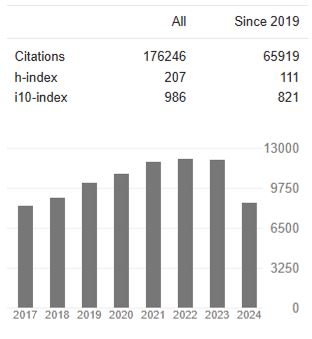Recent Trends in Catgut Therapy Using Textile Materials
Abstract
N Gokarneshan, KM Pachaiyappan, S Suganthi, P Gracy, V Mahalakshmi, T Kanimozhi, E Kalaiselvi
The article comprehensively reviews recent developments in textile materials used for catgut embedding therapy applications. Polyglycolic acid (PGA) monofilament has been regarded as an excellent acupoint catgut embedding therapy (ACET) material because it offers numerous advantages, including easy accessibility and good forming and degradable properties. However, the poor hydrophilicity and cytocompatibility are the main disadvantages preventing it from having wider applications. Chitosan coating on acupoint catgut embedding therapy (ACET) is a critical issue in improving the comprehensive performances of embedding materials. However, the existing coating technologies have struggled to keep pace with both the academic study and industrial production. This work proposed a novel chitosan coating system consisted of pretreatment, spray-coating and rolling and drying parts. To evaluate the feasibility of this system, four types of monofilaments, namely polypropylene (PP), polylactic acid (PLA), polydioxanone (PDO) and polyglycolide acid (PGA), were adopted and their properties, such as swelling, compression and hydrophilicity, were also measured. Surgical site infections are liable to cause significant postoperative morbidity and increase health costs. However, polylactic acid and poly (D, L-lactide-co-glycolide) acupoint catgut-embedding therapy materials used to stimulate certain points for curing diseases are typically devoid of antibacterial activity. Novel polylactic acid and poly (D, L-lactide-coglycolide) embedding materials have been developed with effective antibacterial properties via chitosan-coating treatment that retained their inherent excellent characteristics. Acupoint catgut-embedding therapy (ACET) is considered one of the most promising technologies to replace traditional acupuncture therapy in clinical settings. Polyglycolic acid (PGA) monofilament shows great potential for ACET applications due to its advantages of good formability and biodegradability. The ideal embedding materials are required to have excellent swelling, mechanical, and antibacterial properties. For this paper we prepared two types of PGA monofilaments by first using the melt-spinning method and then applying chitosan onto the PGA monofilaments at three different concentrations.




